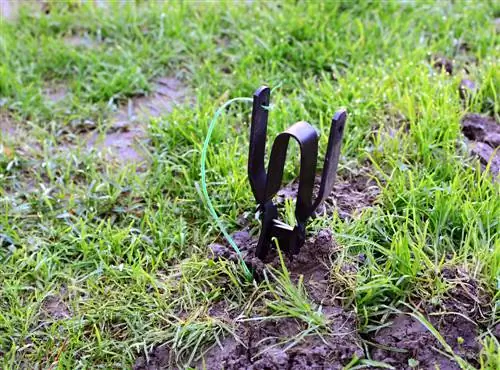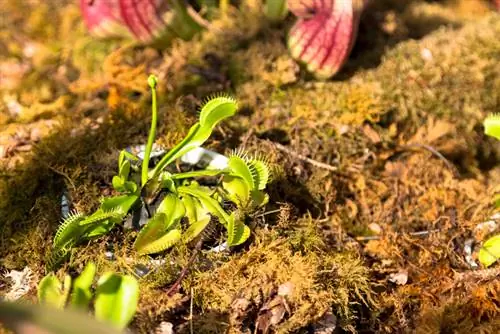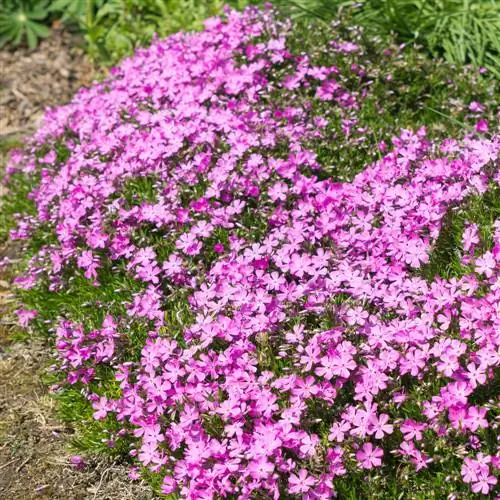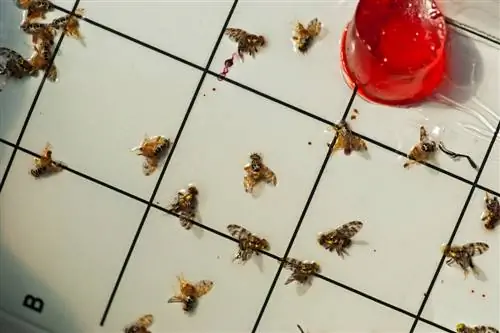- Author admin [email protected].
- Public 2023-12-16 16:46.
- Last modified 2025-01-23 11:22.
Voles not only nibble on vegetables, but also the roots of ornamental plants and woody plants. That's why they are not welcome in either the vegetable garden or the ornamental garden. Below you will find out which traps you can choose from to combat voles and how you can increase your chances of catching them.
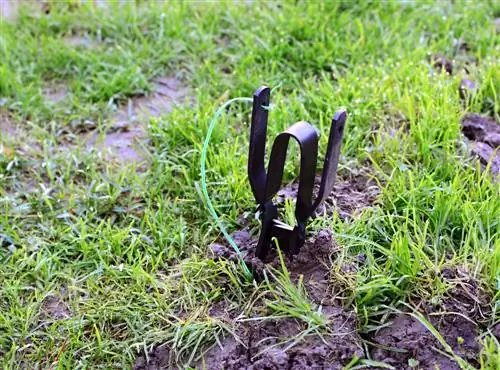
Which vole trap should you choose and how should you set it up correctly?
To catch voles with a trap, live traps and kill traps are available. Live traps allow the animal to be released unharmed, while killing traps, such as self-shooting traps or pincer traps, ensure a quick death. When setting up the trap, ensure that it is handled in an odor-neutral manner and checked regularly.
Vole traps
The selection of vole traps is large. On one side there is a large range of kill traps, on the other side there are live traps for animal lovers. Remember that even a live trap can be fatal for the mouse if the mouse is not discovered in time.
Live traps for voles
The range of live traps has become increasingly larger in recent years because more and more gardeners are taking animal welfare to heart. The offer ranges from very cheap tube traps (€4.00 on Amazon) made of plastic to sophisticated box traps made of wire or plastic.
Live traps are filled with vole food such as potatoes, root vegetables or other items.
Killing traps for voles
Voles are not protected and can therefore be killed using a killing trap. However, it is important to keep the suffering of the animals as low as possible. This is what it says in paragraph 1 of the Animal Protection Act
No one may cause pain, suffering or harm to an animal without reasonable cause.
Therefore, killing traps should always be set up according to regulations to ensure proper functioning.
The self-shooting trap
Contrary to what the name suggests, the shot trap does not shoot bullets. If the vole touches the trigger, a strong excess pressure is created in the passage, which causes the vole's lungs to burst and should lead to immediate death. Animal rights activists argue that the correct functioning of the self-shooting trap cannot be guaranteed and that if it malfunctions, the vole will die a slow, painful death.
The Pincer Trap
When the pincer trap is triggered, the vole is crushed between two toothy arms. Salesmen advertise that death is quick and painless; Animal lovers have their concerns. You can find out more about the function and how to set up the tong trap here.
Snaptraps
The days of the typical snap trap with cheese on the trigger are over. However, the snap trap has not yet had its day. Different models with different structures still crush the mouse today. This option is the least advisable. Voles can be caught by their limbs and therefore cannot be killed immediately and then die painfully slowly.
Set up the vole trap correctly
- All traps are placed in the hallway.
- When setting up all traps, it is very important to only touch them with odorless gloves and to avoid impregnation with “human smell”.
- For all trap types, it makes sense to position several traps to guarantee success
- Check all traps several times a day. With live traps, a timely, stress-free release of the vole must be ensured. Killing traps must be emptied promptly if the catch is successful in order to avoid the smell of carcasses.
Tip
If you have successfully caught the vole, you can prevent another infestation with anti-vole plants.

